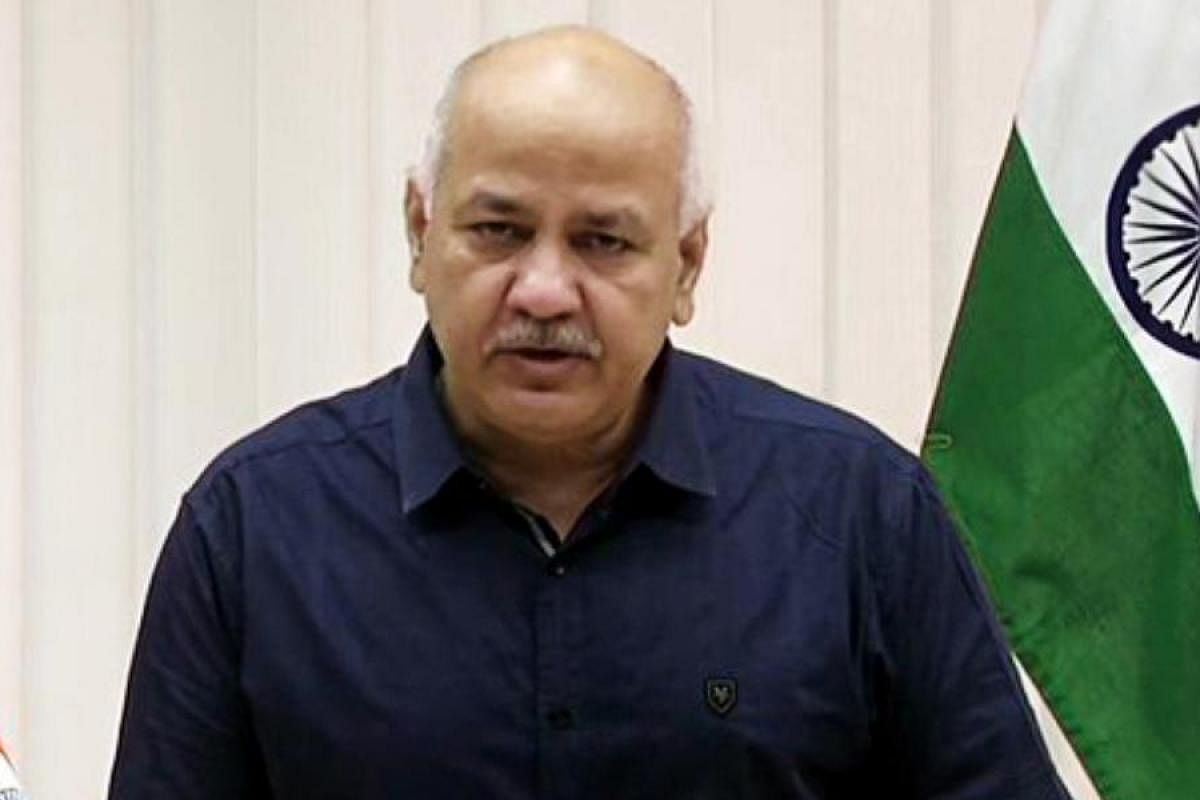Delhi PWD Minister inspects development projects
During the inspection, Minister Pravesh Verma took stock of three important projects. The first is from Bhoro Marg to Sarai Kale Khan where road strengthening work is going on till the ring road.
According to the data, the death rate decreased from 7.29 per thousand in 2019 to 7.03 per thousand in 2020.

Delhi deputy CM Manish Sisodia (Photo: Twitter)
The sex ratio in Delhi increased to 933 females against 1000 males in 2020. This number was 920 females for 1000 males in 2019, according to the annual report of the Directorate of Economics and Statistics of the Government of Delhi.
Deputy Chief Minister Manish Sisodia noted that the rise in the sex ratio demonstrated increased social awareness among the Delhiites. The city’s culture is becoming more educated and appreciating the importance of the girl child, which is a source of tremendous pride.
Advertisement
According to the official data, the infant mortality rate in Delhi also decreased in comparison to the situation in 2019. The infant mortality rate per thousand in 2019 was 24.19, whereas it was 20.37 in 2020. The efforts of health workers, according to Sisodia, have resulted in a decrease in the mortality of the newborn.
Advertisement
He claimed that greater public health facilities in Delhi were behind the drop in infant mortality. The maternal mortality rate in Delhi has also decreased. The maternal mortality rate was 0.55 per thousand births in 2019, but it fell to 0.54 per thousand births in 2020.
Sisodia pointed out that as a result of public awareness efforts, the birth rate fell from 18.35 per thousand in 2019 to 14.85 per thousand in 2020 in Delhi. In 2020, 3,01,645 births were registered compared to 3,65,868 in 2019. The death rate in Delhi has decreased as a result of dramatic changes in the city’s health infrastructure and universal access to better health care for all inhabitants.
According to the data, the death rate decreased from 7.29 per thousand in 2019 to 7.03 per thousand in 2020.
Advertisement